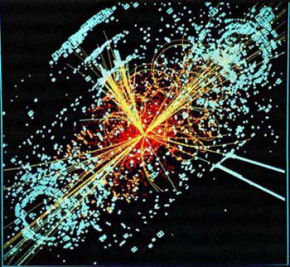
Scientists at the Relativistic Heavy Ion Collider (RHIC) at Brookhaven National Laboratory report the first hints of profound symmetry transformations in the hot soup of quarks, antiquarks, and gluons produced in energetic collisions. The new observations, reported inPhysical Review Letters, suggest that “bubbles” formed within this quark soup may disobey the so-called “mirror symmetry” that normally characterizes the interactions of quarks and gluons.
Physicists have previously predicted the finding of such bubbles, or local regions, of “broken” symmetry at extreme temperatures near transitions from one phase of matter to another. According to the predictions, the matter inside these bubbles would exhibit different symmetries – or behavior under certain simple transformations of space, time, and particle types – than the surrounding matter. In addition to the symmetry violations probed at RHIC, scientists have postulated that analogous symmetry-altering bubbles created at an even earlier time helped to establish the preference for matter over antimatter in our universe.
Steven Vigdor, RHIC’s Director for Nuclear and Particle Physics, said RHIC’s most energetic collisions create temperatures of several trillion degrees Celsius (about 250,000 times hotter than the center of the Sun) and a simultaneous transition to a new phase of nuclear matter known as quark-gluon plasma. Helpfully, as the colliding nuclei pass near each other, they produce an ultra-strong magnetic field that facilitates detecting effects of the altered symmetry.
The new data hint at a violation of mirror symmetry, or parity. This rule of symmetry suggests that events should occur in exactly the same way whether seen directly or in a mirror, with no directional dependence. But the scientists have observed an asymmetric charge separation in particles emerging from collisions at RHIC. The observations suggest that positively charged quarks may prefer to emerge parallel to the magnetic field in a given collision event, while negatively charged quarks prefer to emerge in the opposite direction. Because this preference would appear reversed if the situation were reflected through a mirror, it appears to violate mirror symmetry.
“In all previous studies of systems governed by the strong force among quarks and gluons, it has been found to very high precision that events and their mirror reflections occur at exactly the same rate, with no directional dependence,” Vigdor said. “So this observation is truly intriguing.”
Other data suggests the local breaking of another form of symmetry, known as charge-parity (CP) invariance. According to this fundamental physics principle, when energy is converted to mass or vice-versa according to Einstein’s famous E=mc2 equation, equal numbers of particles and oppositely charged antiparticles must be created or annihilated. If CP symmetry had not been broken at some very early time in the evolution of our universe, the particles and antiparticles created in equal numbers in the Big Bang would subsequently have annihilated one another in pairs, leaving no matter to form the stars and planets.
“The features observed are qualitatively consistent with predictions of symmetry-breaking domains in hot quark matter,” said Vigdor. “Confirmation of this effect and understanding how these domains of broken symmetry form at RHIC may help scientists understand some of the most fundamental puzzles of the universe, and will be a subject of intense study in future RHIC experiments. For example, we will want to see if the signal disappears, as predicted, at lower collision energies, where the produced matter is no longer hot enough to make the transition to the quark-gluon plasma phase.”
Related:
Magnetic Field Creates Bizarre Superconducting Effects
Big Bang Produced A “Perfect Fluid”
Atom-Smashers Get Peek At Top Quark

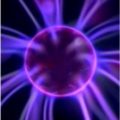
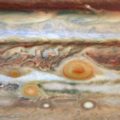

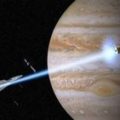


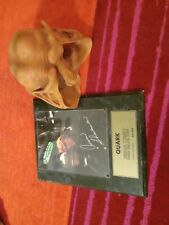

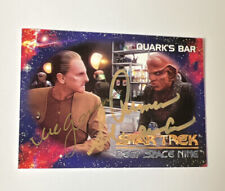
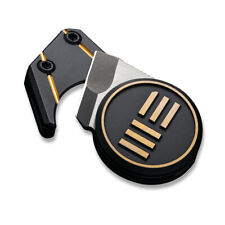
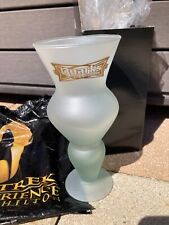
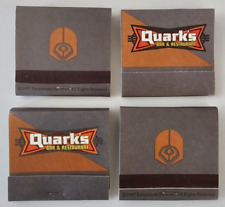

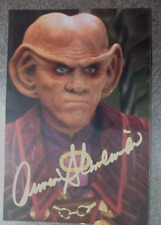


Comments are closed.